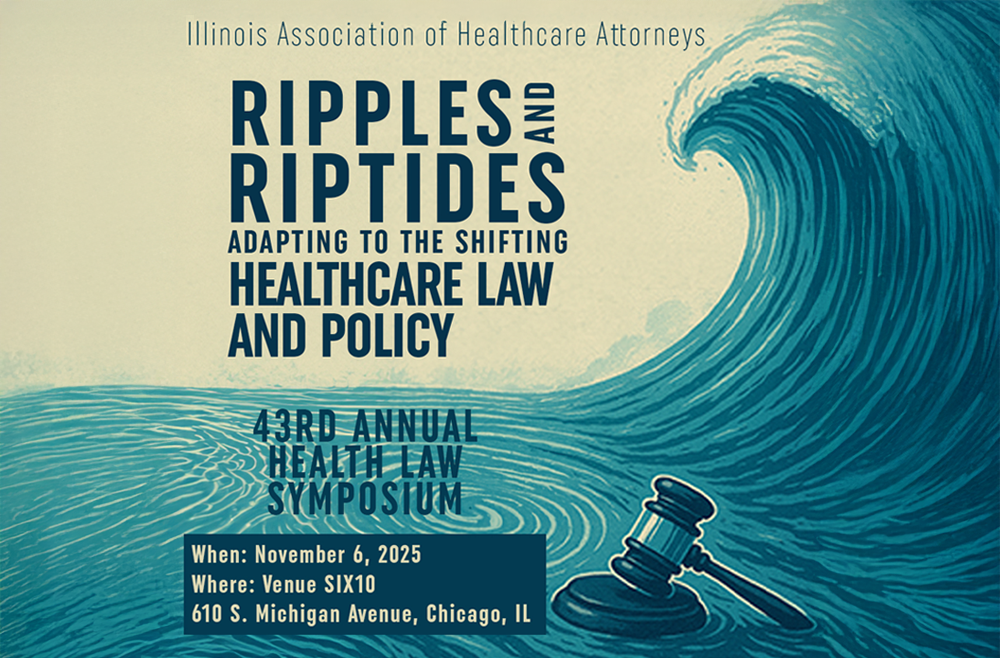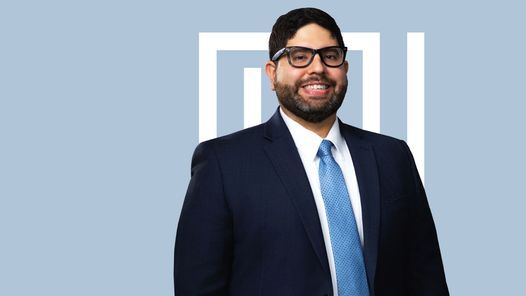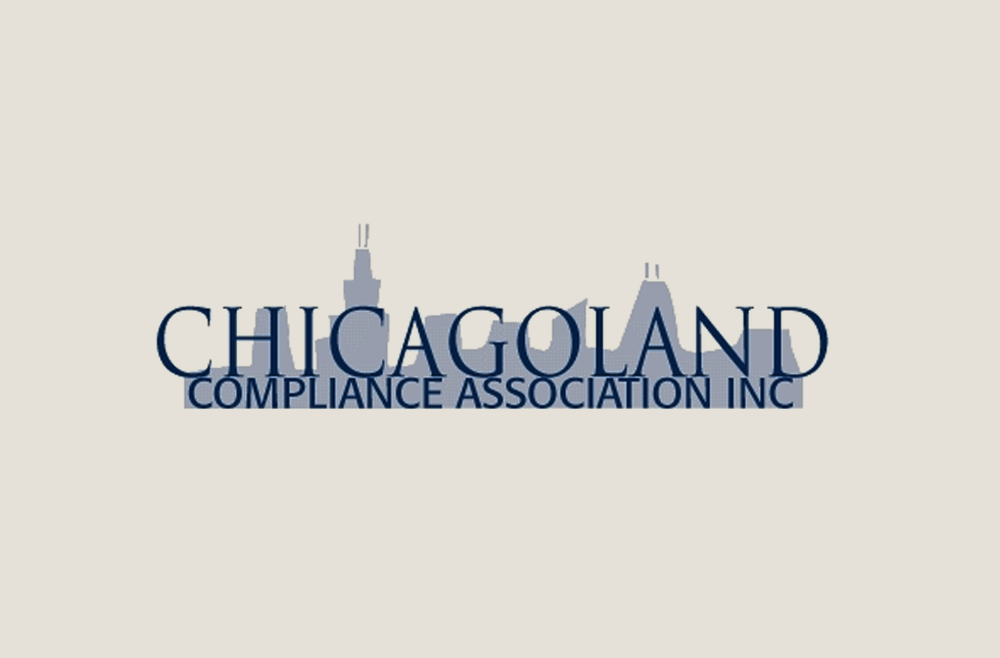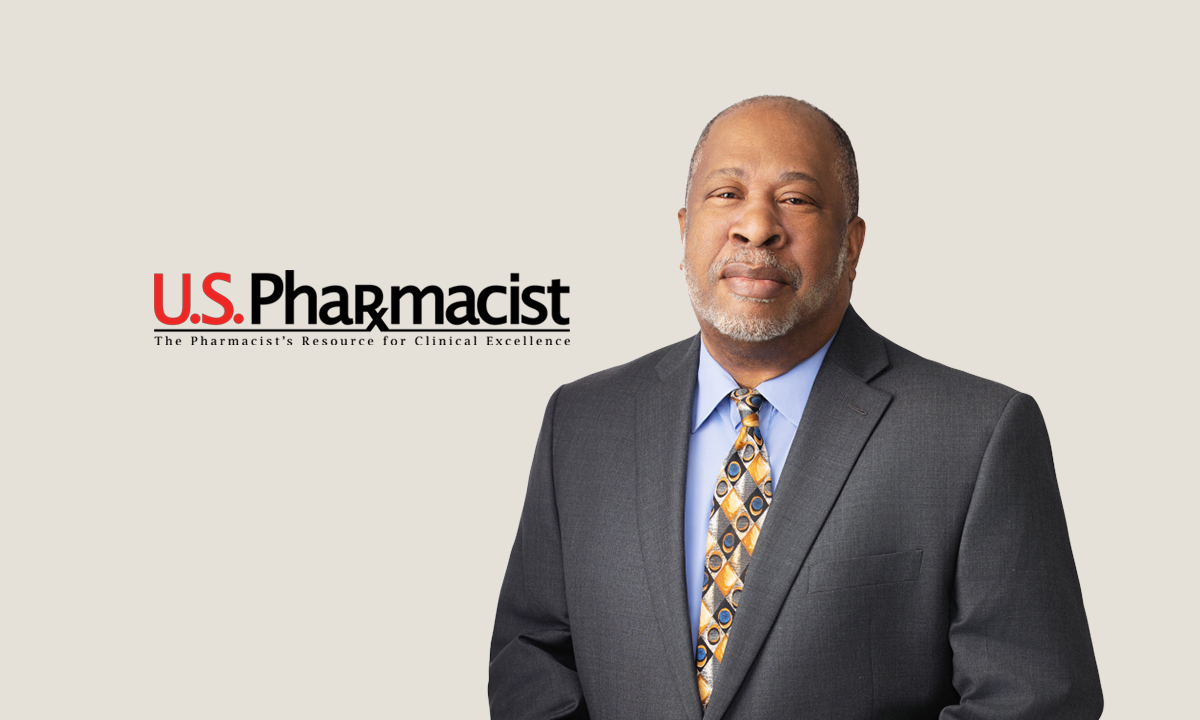OIG Permits Health System and Federally Qualified Health Center Look-Alike Collaboration Agreement Restructuring Which Includes Forgiveness of Debt, Free Medical Office Space, and Free Medical Office Furnishings and Equipment
Healthcare Alert | 10+ min read
Jan 12, 2023
In OIG Advisory Opinion 22-17, the U.S. Department of Health and Human Services (H.H.S.) Office of Inspector General (OIG) analyzed a proposal whereby a regional non-profit health system would forgive debt owed by a federally qualified health center look-alike clinic (FQHC Look-Alike) with regard to the restructuring of a loan credit line, medical office lease, and master services agreement (collectively referred to as the Collaborative Arrangement) between the parties. The OIG concluded that a proposed restructuring of the Collaboration Arrangement would not be subject to an enforcement action under the Anti-Kickback Statute (A.K.S.).
FQHC Look-Alikes meet the requirements to be a federally qualified health center (FQHC) and qualify for significant benefits, including: (1) FQHC prospective payment system reimbursement through C.M.S.; (2) 340B drug pricing program for discounted drugs; (3) Free vaccines for uninsured and underinsured children; and (4) Financial assistance in the recruitment and retention of primary care providers through the National Health Service Corps. FQHC Look-Alikes, however, do not receive grant funds under Section 330 of the Public Health Service Act, are not eligible for malpractice coverage under the Federal Tort Claims Act (FTCA), and are not eligible for federal loan guarantees for capital improvements.
OIG Advisory Opinion 22-17 is significant in that one of the primary reasons FQHC Look-Alikes do not become FQHC's is because FQHC applicants must demonstrate financial viability. Many FQHC Look-Alikes would never be able to demonstrate financial viability without a Collaborative Arrangement with a hospital, health system, physician organization, or governmental entity. FQHCs and FQHC Look-Alikes shall hereafter be referred to collectively as "Health Centers" for purposes of this health care alert.
Health System and Health Center Collaborative Arrangements
The Bureau of Primary Health Care (BPHC) encourages Health Centers to collaborate with other entities to strengthen their ability to achieve their mission. The entities with which health centers collaborate include, but are not limited to: other health centers, primary care providers, specialists, hospitals, health systems, health and human services agencies, managed care organizations, and management services organizations. Types of formal collaborative arrangements include, but are not limited to: contractual arrangements, joint ventures (e.g., partnerships, limited liability corporations, various kinds of networks), and corporate integration (e.g., affiliations, parent-subsidiary models, acquisitions, mergers). Hospitals and Health Systems are increasingly collaborating with Health Centers by assisting Health Centers to convert existing hospital clinics into Health Centers or develop new Health Centers located near the hospital's campus.
Hospitals and Health Systems routinely develop and operate hospital-based outpatient clinics as vehicles to recruit or retain physicians or to ensure primary care coverage for uninsured patients. However, hospital-based physician clinics usually generate financial losses for the Hospital/Health System. Kaiser Health News recently reported on an increasing trend in Hospitals and Health Systems assisting in the establishment of FQHC Look-Alikes for emergency room diversion and primary care services for non-urgent patients to improve the financial viability of the Hospital or Health System.
Collaborative relationships between Health Systems/Hospitals and Health Centers can enhance the financial stability and strength of the Health System/Hospital and the Health Center and can optimize the FQHC Look-Alike's opportunity to obtain federal grants. The goals and objectives of most Collaborative Arrangements are to redirect avoidable emergency room care toward evidence based primary and specialty physician medical care in a cost-effective site of service, and cost-effective management of patient health outcomes and the overall health and well-being for Medicaid, Medicare, uninsured, and other vulnerable populations.
The OIG Advisory Opinion 22-17 Hospital/Health Center Collaborative Arrangement
The health system serves Medicare, Medicaid, and uninsured beneficiaries in a five-county service area that includes geographic areas that the Health Resources and Services Administration (HRSA) has designated as medically underserved areas (M.U.A.s), health professional shortage areas (HPSAs), and medically underserved populations (M.U.P.s).
The Health System supported the establishment of the Clinic, registered as a Free Clinic in 2015 and designated as a FQHC Look-Alike in 2017, to address the shortage of primary care services available in the Service Area and reduce overutilization of the emergency departments at the Health System's hospitals. The Health System and the Clinic "collaborated in their shared mission to achieve certain goals and objectives through the Clinic, including: (i) expanding access to health care services for low-income residents, without regard to their insurance status or ability to pay; (ii) improving the overall health of patients served; and (iii) reducing financial, environmental, process, and cultural barriers in accessing quality health care services." (See OIG Advisory Opinion 22-17) In furtherance of the shared mission and goals, the Health System provided financial support to the Clinic directly and indirectly through the Health System's affiliated charitable foundation.
The Health System supported the Clinic development through a Credit Line Note (Note) cash loan to the Clinic up to a stated maximum amount; Lease Agreement (Lease) for medical office space furniture, fixtures, and equipment; and a Master Services Agreement (M.S.A.) for Health System provision of certain administrative and medical services to the Clinic. Under each agreement, the Clinic was obligated to make monthly payments. However, after four years of operations, the Clinic had only made two payments on the Note and no payments on the Lease. The unpaid portions were charged to the Note, and the Health System increased the loan total several times as the Note charges accumulated. On multiple occasions, the Clinic had requested, and the Health System had approved, several increases to the Note and extensions of payment under the Lease and the M.S.A. because the Clinic did not have sufficient revenue to continue operations without such increases and extensions.
The Proposed Restructuring of the Collaborative Arrangement
The financial burden from the obligations created under the Note, Lease, and M.S.A. kept the Clinic from achieving financial stability. As a result of the Clinic's lack of financial resources, the Health System offered to fully forgive the outstanding debt amounts on the Note (including principal and accrued interest) through a community benefit grant in that amount to the Clinic. The Health System proposed to: (i) forgive the Note in full; (ii) enter into a new Lease which provided use of the medical office space, furniture, fixtures, and equipment free of charge; and (iii) a revised (increased) scope of administrative and medical services to increase the scope of services provided under the M.S.A. The new M.S.A. would require the Clinic to pay the Health System fair market value for the services the Health System provided to the Clinic.
The parties certified that the financial burden from the obligations created under the Note, Lease, and M.S.A. would prevent the Clinic from achieving financial stability without the proposed restructuring. Regarding the proposed restructuring of the Collaborative Arrangement, the Health System and the Clinic certified that they had implemented the following policies and procedures to mitigate the risk of fraud and abuse:
Fraud and Abuse Risk Management Policies and Procedures
- The health system would not restrict the Clinic from referring patients to providers outside the health system.
- The Clinic would be free to enter into agreements with any other providers and suppliers.
- Any services, loans, or donations from the health system to the Clinic would be for a fixed sum and not conditioned on the volume or value of federal healthcare program business generated between the parties.
- The Clinic would provide effective notice to patients of their freedom to choose any provider or supplier and would disclose the existence of the arrangement between the requestors.
Restructuring Agreement Certifications
Requestors made the following certifications with respect to the New Agreements:
- The New Agreements would be in writing, signed by both Requestors, and would cover and specify the amount of all goods, items, services, donations, or loans to be provided by the Health System to the The Health System would keep a centralized master list of all agreements between the Health System and the Clinic and make it available to the Secretary upon request. The Health System would keep the list current and preserve the historical record of the parties' arrangements, and each of the New Agreements would cross-reference the master list.
- The value related to the goods, items, services, donations, or loans from the Health System to the Clinic under the New Agreements would be for a fixed sum and would not be conditioned on the volume or value of Federal health care program business generated between the
- The goods, items, services, donations, or loans that the Health System would provide the Clinic pursuant to the New Agreements would be medical or clinical in nature or otherwise relate directly to the services the Clinic provides to its patients consistent with its status as an FQHC Look-Alike.
- The Clinic has determined that the goods, items, services, donations, or loans that the Health System would provide to the Clinic pursuant to the New Agreements would contribute meaningfully to the Clinic's ability to maintain or increase the availability or enhance the quality of, services provided to a medically underserved population (as that term is defined at 42 C.F.R. § 51c.102(e)) in the Service Area. The Clinic would document the basis for this expectation prior to entering into the New Agreements with the Health System. The Clinic would make this documentation available to the Secretary upon request. Requestors certified that the New Agreements would not be renewed or renegotiated unless the Clinic reasonably expects this standard to be satisfied for the next term of the applicable Requestors further certified that the Clinic would make the same determination to any renewed or renegotiated versions of the New Agreements, document the basis for such determination prior to entering into any such renewed or renegotiated New Agreements, and make such documentation available to the Secretary upon request.
- The Clinic would re-evaluate the New Agreements annually, at a minimum, to ensure that the goods, items, services, donations, or loans that the Health System provides pursuant to the New Agreements continue to be expected to contribute meaningfully to the Clinic's ability to maintain or increase, or enhance the quality of, services that the Clinic provides to a medically underserved population in the Service Area. The Clinic would document the re-evaluation contemporaneously and make the documentation available to the Secretary upon request
- The Health System would not restrict the Clinic from referring patients to other providers in the New Agreements or otherwise, and nothing would require either Requestor to refer patients to a particular individual or entity.
- Goods, items, or services that the Health System would provide to the Clinic under the New Agreements would be provided to all Clinic patients regardless of their payor status or ability to pay.
- At all times, the Clinic would be free to enter into agreements with other providers or suppliers of comparable goods, items, or services or with other lenders or donors. To the extent the Clinic would have multiple individuals or entities willing to offer comparable remuneration, the Clinic would employ a reasonable methodology to determine which individuals or entities to select and would document its determination. In making this determination, the Clinic would look to the procurement standards for beneficiaries of Federal grants set forth in 45 C.F.R. § 75.326 through § 75.340.
- The Clinic would provide effective notice to patients of their freedom to choose any willing provider or supplier. Upon request, the Clinic would disclose the existence and nature of the New Agreements to its patients. This notification would be provided in a timely fashion and in a manner reasonably calculated to be effective and understood by the patient.
- If the Clinic elects to require the Health System to charge a referred Clinic patient the same rate that the Health System charges other similarly situated patients not referred by the Clinic or to charge a Clinic patient a reduced rate, the Health System would comply with any such requirement.
The OIG Analysis
The Note Donation would alleviate a significant financial debt owed by the Clinic to the Health System, and the terms of the New Lease would provide for free use of the premises (including its furniture, fixtures, and equipment). Thus, the proposed restructuring implicates the Federal Anti-Kickback Statute (A.K.S.) because it involves remuneration from the Health System to the Clinic that could induce the Clinic to make referrals to the Health System.
The AKS FQHC Safe Harbor permits "the transfer of any goods, items, services, donations or loans (whether the donation or loan is in cash or in-kind), or combination thereof from an individual or entity to a health center," from hospital or health system (or any other individual or entity) to a Health Center if the specified Safe Harbor criteria is met. The OIG analysis, however, determined that the proposed Collaborative Arrangement did not qualify for the FQHC safe harbor because the FQHC Safe Harbor only protects FQHC's and not FQHC Look-Alikes.
Notwithstanding the applicability of the anti-kickback statute, the OIG concluded that the arrangement posed a sufficiently low risk of fraud and abuse and would not prompt an enforcement action under the A.K.S. for the following reasons:
- Compliance with FQHC Safe Harbor: The proposed arrangement would be structured in a manner consistent with the FQHC safe harbor (even though the FQHC safe harbor does not apply to FQHC Look-Alikes), which, when assessed in combination with the other factors described below, mitigates the risk of fraud and abuse of the Proposed Arrangement.
- Government Oversight: Although the Clinic does not receive section 330 funding, HRSA has designated the Clinic as an FQHC Look-Alike, and HRSA is authorized to conduct oversight, monitoring, and audits of all FQHC Look-Alike operations and finances. In addition, the Clinic currently receives and has received certain Federal grant funds or awards that subject the Clinic to the same or similar oversight and reporting obligations that apply to recipients of section 330 funds. The Clinic also certified that it will continue to apply for additional federal grant funds, including section 330 grant funds in the future. The OIG indicated that the risk of fraud and abuse from the Health System's support of the Clinic under the Proposed Arrangement is reduced by: (i) the oversight associated with HRSA's designation of the Clinic as an FQHC Look-Alike; (ii) the government oversight associated with the Federal grant funds the Clinic receives; and (iii) the Clinic's certification that it will continue to apply for additional Federal grant funds, including section 330 grant funds in the future.
- No Referral Requirement: Although the Health System and Clinic refer patients to one another regularly when it is in the patient's best interest, and the patient consents—neither the health system nor the clinic is obligated to make any such referrals. In addition, the Clinic was not prohibited from entering into agreements with other providers or suppliers of comparable goods, items, or services or with other lenders or donors.
- Common Mission and History of Alignment: The remuneration to be provided under the proposed arrangement is a continuation of the Health System's longstanding support of the Clinic as part of their shared mission to: (i) expand access to health care services for low-income residents, without regard to their insurance status or ability to pay; (ii) improve the overall health of patients served by Requestors; and (iii) reduce financial, environmental, process, and cultural barriers in accessing quality health care services. The OIG noted that this history of alignment, based on the specific and unique facts and circumstances of the Proposed Arrangement, reduces the risk of fraud and abuse.
Key Compliance Considerations
The FQHC Compliance Manual requires all FQHCs to "make every reasonable effort to establish and maintain collaborative relationships, including with other health care providers that provide care within the catchment area [service area], local hospitals, and specialty providers in the catchment area of the center, to provide access to services not available through the health center and to reduce the non-urgent use of hospital emergency departments."
Benefits of Health System/Hospital and Health Center collaborations include improved access to primary care, coordination of care, increased access to specialty physician care, and improved health care outcomes in the community. OIG Advisory Opinion 22-17 supports and encourages efforts by some Health Systems to align with Health Centers to manage their patients' primary care needs. FQHC Look-Alikes are similar to "Free Clinics" in that they may not have the financial fortitude to reach a point of financial viability, while at the same time their existence provides a significant benefit to the community served by a Health System/Hospital. OIG Advisory Opinion 22-17 provides a road-map as to how a Health System/Hospital can enter into a Collaborative Arrangement with a FQHC or FQHC Look-Alike without violating applicable law. It is important to note that OIG Advisory Opinion 22-17 would likely only be applicable to Collaborative Arrangements with financial and operational challenges similar to that acknowledged in Advisory OIG Opinion 22-17. There are likely to be numerous potential Health System/Hospital Health Center Collaborative Arrangements that would permit the Health System/Hospital to subsidize all start-up and operational costs for a Health Center consistent with the guidance provided in OIG Advisory Option 22-17.
Compliance with the Federally Qualified Health Center Safe Harbor
In OIG Advisory Opinion 22-17, the OIG noted that the proposed Collaborative Arrangement did not qualify for the FQHC Safe Harbor, yet concluded that it would not impose administrative sanctions on the Health System/Hospital in connection with the proposed Collaborative Arrangement because the proposed Collaborative Arrangement was structured in a manner that aligned with FQHC safe harbor provisions.
The terms of the FQHC Safe Harbor provide that "the transfer of any goods, items, services, donations or loans (whether the donation or loan is in cash or in-kind), or combination thereof from an individual or entity to a federally qualified health center shall not be considered as prohibited 'remuneration,'" as long as the following eight safe harbor standards are met:
- Written Agreement: The transfer is made pursuant to a contract, lease, grant, loan, or other agreement that is set out in writing, signed by the parties, and covers and specifies the amount of, all goods, items, services, donations, or loans to be provided by the individual or entity to the health center.
- Appropriate Scope of Goods and Services: The goods, items, services, donations, or loans are medical or clinical or relate directly to services provided by the health center as part of the scope of the health center's section 330 grant.
- The Arrangement Will Make a Meaningful Contribution to the Provision of Services to Underserved Populations: The health center reasonably expects the arrangement to contribute meaningfully to the health center's ability to maintain or increase the availability, or enhance the quality, of services provided to a medically underserved population served by the health center, and the health center documents the basis for the reasonable expectation before entering the arrangement.
- Annual Reevaluation of the Arrangement: At least annually, the health center must re-evaluate the arrangement to ensure that the arrangement is expected to continue to make a meaningful contribution to the provision of services to underserved populations and has documented the re-evaluation contemporaneously.
- Protection of Independent Professional Judgment: The health center cannot be required to refer to a particular entity or otherwise interfere with the health center's professional judgment.
- Provision of Services Regardless of Ability to Pay: Individuals and entities that offer to furnish goods, items, or services without charge or at a reduced charge to the health center must furnish such goods, items, or services to all patients from the health center who clinically qualify for the goods, items, or services, regardless of the patient's payor status or ability to pay.
- No Restrictions on Contracting with Other Entities: The agreement must not restrict the health center's ability, if it chooses, to enter into agreements with other providers or suppliers of comparable goods, items, or services, or with other lenders or donors.
- Patient Freedom of Choice and Disclosure of the Agreement: The health center must provide effective notification to patients of their freedom to choose any willing provider or supplier, and the health center must disclose the existence and nature of the financial assistance to any patient who inquires.
Conclusion
Advisory Opinion 22-17 demonstrates that in certain circumstances, a Health System/Hospital may fully subsidize start-up and operations for an FQHC Look-Alike, notwithstanding the applicability of the A.K.S.
There are numerous benefits for both a Hospital and an FQHC Look-Alike in collaborating to provide needed primary care services in medically underserved areas. Other opportunities that the FQHC safe harbor may provide to FQHC's or FQHC Look-Alikes include monetary and in-kind donations; low-cost leases and purchase agreements; low-cost (or no-cost) referral arrangements; low interest (or no interest) or forgivable loans; and/or health care professional recruitment assistance.
A Health Center's receipt of grants, below-fair-market value services, and other assistance from health systems or health care providers in the community may be an essential and effective means to preserve the Health Center's limited financial resources and increase access to health care services in the community. Health Centers should carefully review applicable laws and regulations and consult legal counsel to ensure compliance with the FQHC Safe Harbor and other requirements regarding entering into lawful arrangements for such collaborative arrangements and/or financial subsidies.














